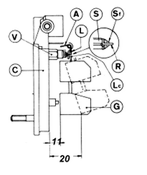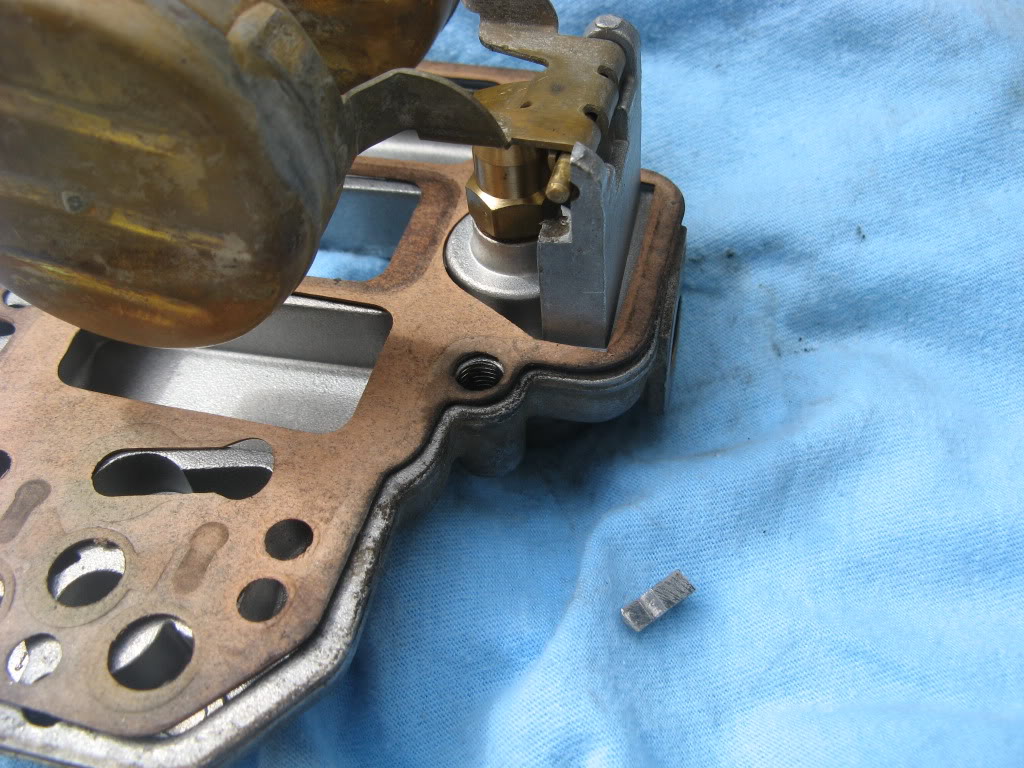In my continuing research on recommended float level, I conclude that the typical recommended gap between the top of the floats in our twin 40 - 44 Weber carbs and the under machined surface of the carb tops should be 10 mm, when the tab is gently resting on the small valve spring - thus not depressed.
Two additional issues appear in the postings: 1) a difference between the earlier floats (brass floats?) and the black compound floats now common in these carbs, and 2) the importance of having both floats adjusted to the same gap (may need some careful bending the metal bracket holding the floats together):
1) One opinion was that the later compound floats need a gap increase of 2 to 3 mm, i.e. gaps of 12 to 13 mm. Intuitively this is logical if these compound floats are less buoyant than the earlier floats (are they?).
2) I found it relatively easy to get the float gaps the same on both floats by gently bending the bracket.
Comments/advice is always welcome.
Full Version: Weber float levels
In my continuing research on recommended float level, I conclude that the typical recommended gap between the top of the floats in our twin 40 - 44 Weber carbs and the under machined surface of the carb tops should be 10 mm, when the tab is gently resting on the small valve spring - thus not depressed.
Two additional issues appear in the postings: 1) a difference between the earlier floats (brass floats?) and the black compound floats now common in these carbs, and 2) the importance of having both floats adjusted to the same gap (may need some careful bending the metal bracket holding the floats together):
1) One opinion was that the later compound floats need a gap increase of 2 to 3 mm, i.e. gaps of 12 to 13 mm. Intuitively this is logical if these compound floats are less buoyant than the earlier floats (are they?).
2) I found it relatively easy to get the float gaps the same on both floats by gently bending the bracket.
Comments/advice is always welcome.
You don't bend the bracket.
You bend the thin metal tabs attached to the floats.
I agree, you had a better choice of words.
I appreciate your follow up. Any thoughts on the suggested larger gap with the later "compound" floats?
I appreciate your follow up. Any thoughts on the suggested larger gap with the later "compound" floats?
I dont know anything about "compound" (maybe you mean composite?) floats.
But here is how I set mine with the gasket installed:

11mm with the float full closed (not depressing the spring loaded 'nub')
20mm full open.
With the later black composite floats I will be testing gaps of 13 and 32 mm relative to
yours. Will report back.
yours. Will report back.
This is a "lo-fi" version of our main content. To view the full version with more information, formatting and images, please click here.

